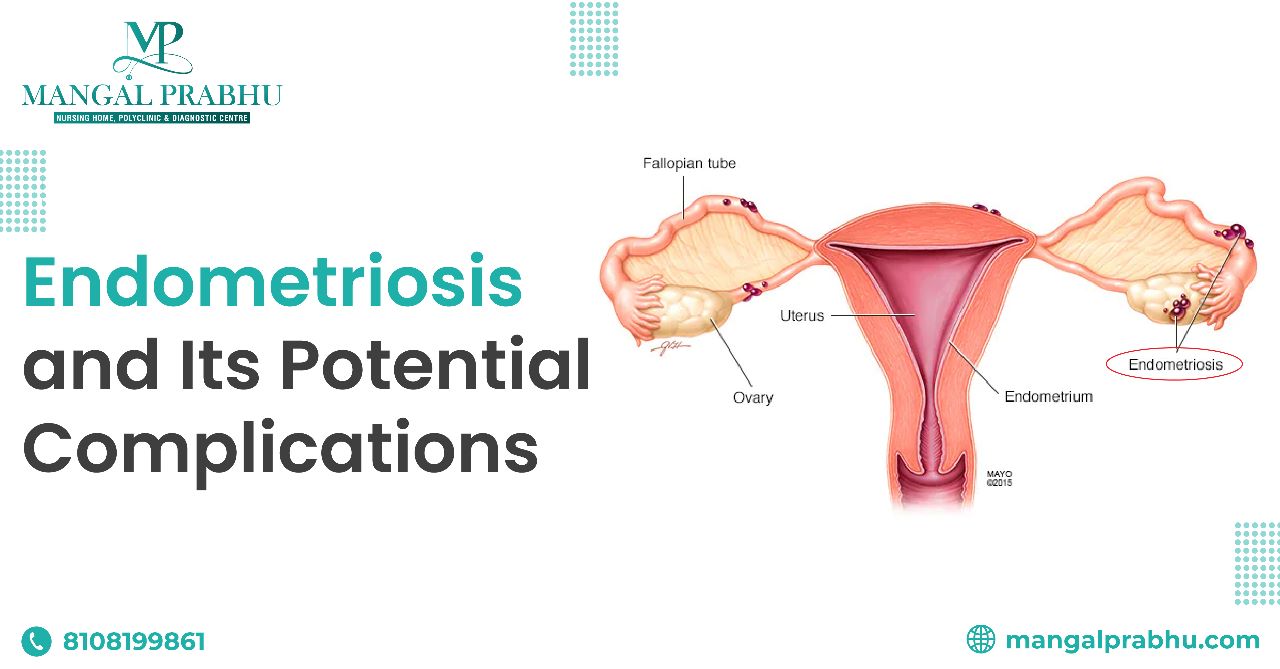
Endometriosis and Its Potential Complications
What is Endometriosis?
Endometriosis is a medical condition, in which, tissues similar to those found on the uterine lining, grow outside your uterus. They start growing in different parts of your pelvic area, causing extreme discomfort, pain, heavy bleeding, and infertility. Endometrium refers to the tissue growth on the uterine walls.
It is these tissues that shed blood during your menstrual cycle. When you conceive, these tissues support the early growth of the fetus. However, in some cases, the tissues can develop in your abdomen, chest, and other parts outside your uterus. You must see a gynecologist in Navi Mumbai if you notice the below-listed symptoms.
Symptoms of Endometriosis
The symptoms of endometriosis may vary, but women usually report heavy periods, difficulty conceiving, pain during intercourse, and pain in the pelvic area. These symptoms might indicate other medical conditions as well. So, it’s best to check with your doctor to rule out the possibility of endometriosis. Here are some symptoms of endometriosis:
- Heavy period, extreme bleeding, and pelvic pain during menstruation
- Bloating
- Fatigue
- Nausea
- Spotting in-between periods
- infertility
The exact cause of endometriosis is not known. But, experts believe that retrograde menstruation and cellular metaplasia can contribute to the increased risk of endometriosis.
Also Read: Fibroid Removal Surgery: Understanding the Potential Side Effects
Diagnosis and Treatment of Endometriosis
Your healthcare provider will ask you questions about your medical history, the cases of endometriosis in your family, and your past pregnancies. They will evaluate your symptoms and conduct pelvic tests. If necessary, they will perform an ultrasound and an MRI to get an accurate image of your uterus and the internal reproductive organs.
If none of these work, your doctor might conduct a laparoscopic surgery to identify the underlying condition. Usually, laparoscopy is conducted for the diagnosis and treatment. The sample of the tissue is sent to the lab for further testing.
You can visit the endometriosis treatment hospital in Navi Mumbai to figure out the best possible treatment options for your condition. A few procedures that can help are:
- Hormone therapy
- Laparoscopic removal of the lesions
- Hysterectomy
Sometimes, endometriosis disappears on its own. The size of the patches shrinks and only a few of them remain. This usually happens after menopause, as the estrogen levels in your body drop around that time. Some patients need to work with their healthcare specialists to manage their condition. Regular appointments and over-the-counter prescriptions are necessary to prevent it from getting worse.
Potential Complications of Endometriosis
Endometriosis has painful symptoms and can cause heavy bleeding with blood clots. It can also lead to infertility. Some severe yet rare complications of endometriosis include difficulty emptying your bladder or passing bowels, blood in the urine, swollen kidneys, and shortness of breath. Get immediate help if you notice any of these symptoms during or in between your menstrual cycles.
Conclusion
The severity of the condition cannot be determined by the symptoms you experience. It’s possible that an endometriosis patient might have various patches of these tissues growing outside their uterus, but they experience mild to no pain. In some cases, patients with only a few patches of endometrium experience extreme symptoms.
